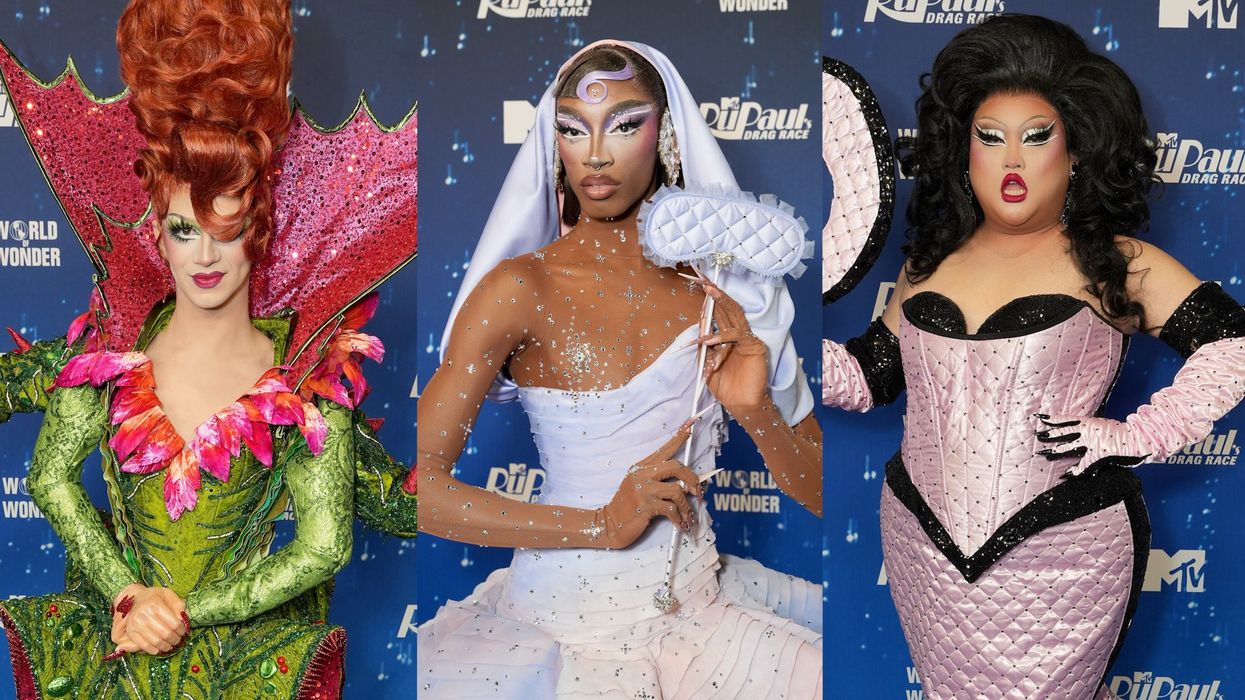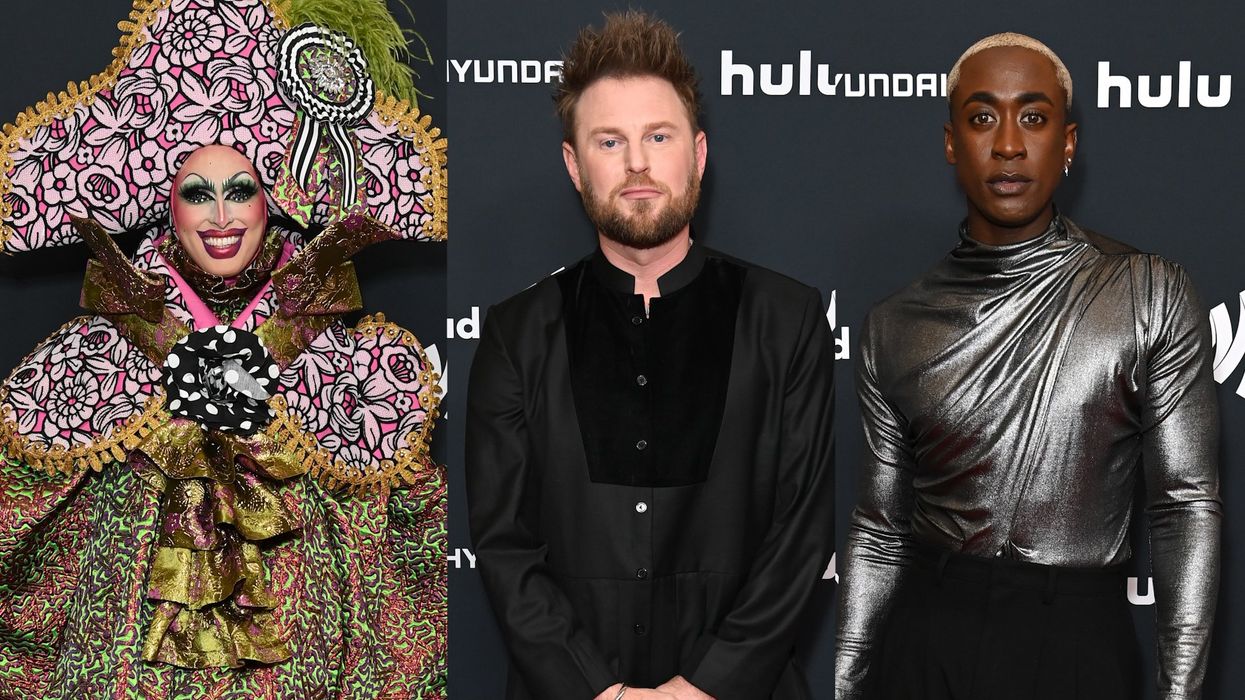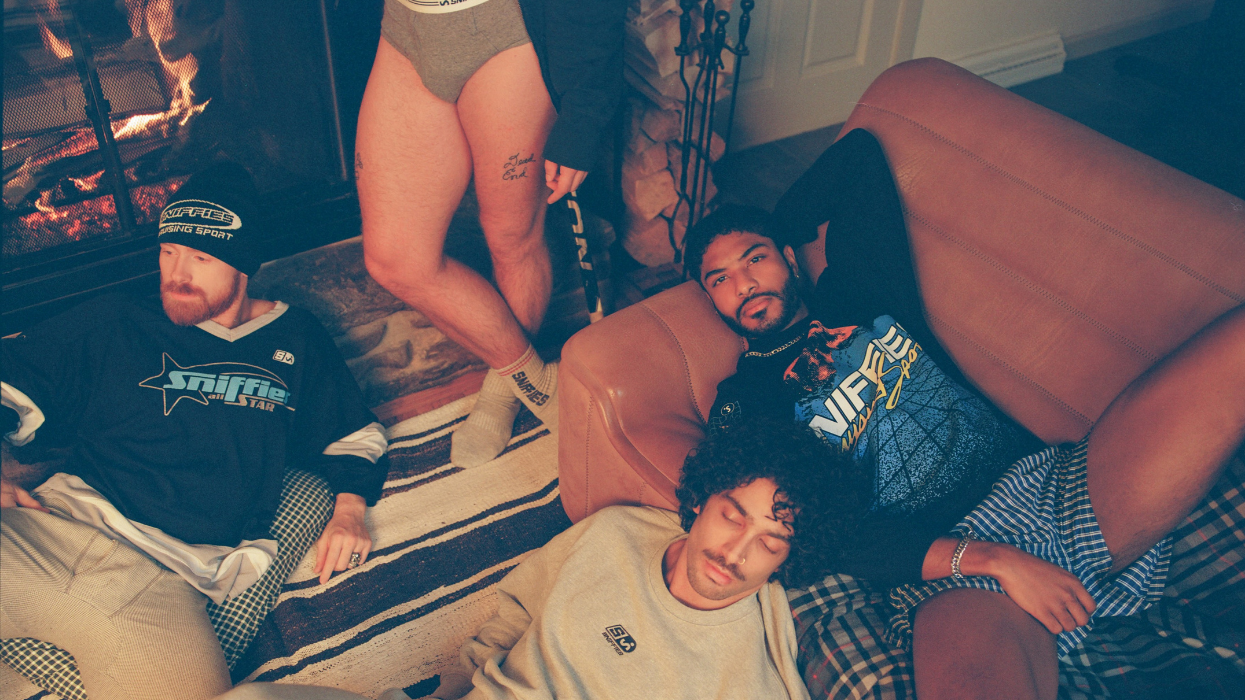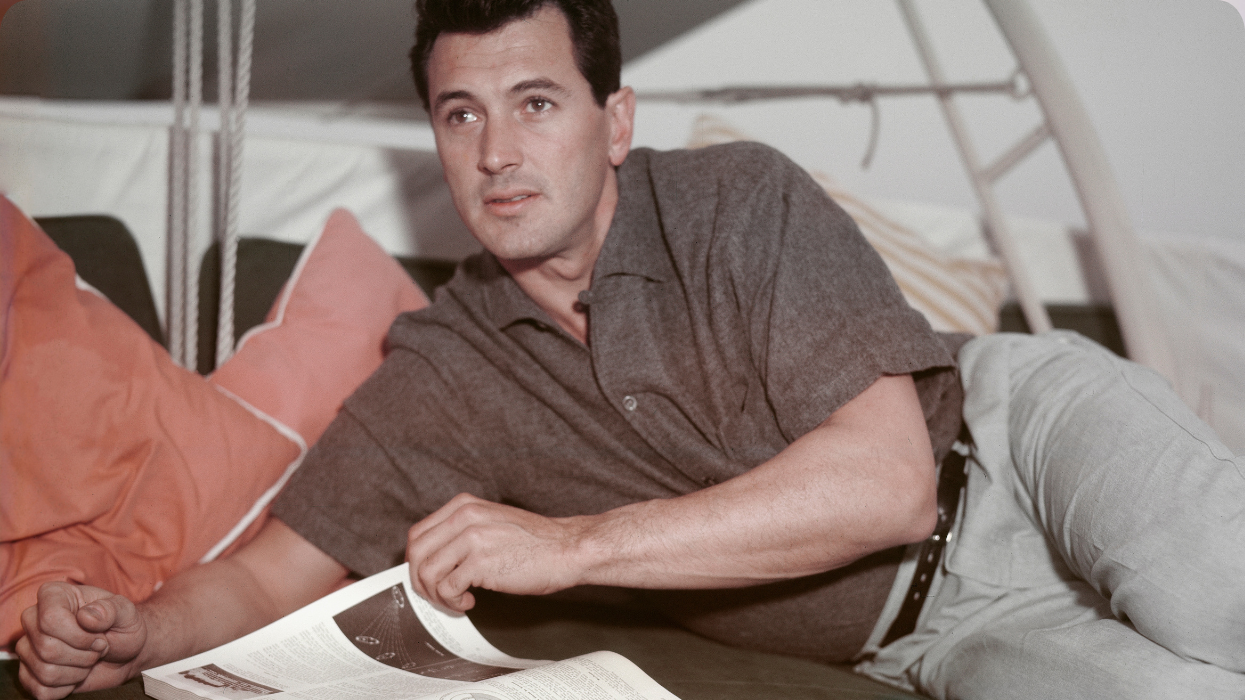The Three Graces represents love, beauty, and chastity. How does Andrew Ondrejcak interpret these mythological figures? Watch the video above to find out--and check out an exclusive interview with the director below.
OUT: Of all mythological figures, why did The Three Graces speak to you?
Andrew Ondrejcak: I'm less interested in the figures of the Graces themselves. I'm more curious about what it means for an artist to use The Graces (or any imagery) as aspirational, pointing to something divine or righteous. I'm curious how artists throughout history have made images as a manifestation or representation of their belief. In that regard, I'm actually interested in statements of personal moral convictions. I'm from a culture in south Mississippi that operates in definitive yeses and nos (like most of our country these days). As an artist, I'm often working to recontextualize and usurp those hard-and-fast absolutes with my own values. Sometimes contemporary American culture echoes the values of medieval art - both trumpet an emphatic YES and NO, RIGHT and WRONG - and it all feels antithetical to my own life and to my own experience, as if we are trying to operate in an outdated rulebook. As if we are constantly making bumbling attempts to wrangle morality into a quantifiable, universal system. So, to return to your question...this short experimental film is more about using The Graces to challenge the idea of correctness than it is about the figures of the Graces themselves.
Talk to us about allegory. How do they inform your work?
AO: I'm often working from mythologies and old forms of storytelling. I'm interested in dead or arcane symbolism - considering how these symbols, archetypes and allegories have evolved over time and what, if any, meaning still exists for me. In looking at the past and studying artworks full of allegory and parables (that were intended to instruct or teach the viewer) it's clear that the intended lessons don't hold up over time. My mother is often saying, "oh but you used to love that" and I think, yes, I used to love that but I just don't anymore. This type of comment speaks to our desire for our beliefs to be hard facts, that others should believe the same as we do, that our values should be steadfast and rigid, that there is absolute truth. If this is true, how are we a reliable barometer of our own value systems when our own circumstances and opinions change so frequently?
The idea of art as a form of teaching (propaganda) is also present in these post-war instructional videos made by the United States Information System. The videos instructed Americans how to do things, and how to do them correctly. To my contemporary eye, they feel outdated. But at the time they were made in earnest; they were not ironic. Today, they don't hold up as teaching tools and I wonder if the same is true for old art too - the old symbols and allegories, old tried-and-true icons. Perhaps the values implied in these works also need to be reconsidered in our contemporary context.
Your film juxtaposes classic feminine beauty with modern male beauty, is that a dynamic you work with often?
AO: This film is less about male beauty vs. female beauty and more about subverting the subject matter. The Greeks depicted the Graces as 3 women and then, 1300 or so year later during theRenaissance, Italians like Botticelli returned to those icons and interpreted them in their own way. Artists reenvisioned these figures so many times - Raphael, Rubens (his Graces is my favorite), 20th c masters like Picasso, Delaunay, Arp, Man Ray and contemporary artists like Sally Mann all have returned to the image of three female bathers. So, for me, it's not about beauty (although the men in my film are beautiful) it was more of a proposition to myself of how I would take the values of the original - 3 idealized figures - and re-envision it in a contemporary context, in a personal way. It was quite a simple proposition actually, and then the idea started to mix with these USA Information Service propaganda which added a sense of irreverence and levity while also touching on this idea of temporal truth.
Is "grace" something we need more of in 2018?
AO: "Grace" as a subcategory of respect and patience? Yes! "Grace" as a qualifier of beauty? No
Credits
Directed by Andrew Ondrejcak
Produced by Jonathan Ignatius Green
Cinematographer Eric Ulbrich
Editor and Colorist Jacob Jaime
Costume Designer Colin Anderson
Music Supervisor Kristin Worrall
Sound Design Heard City
Casting Director Tallulah Bernard






























